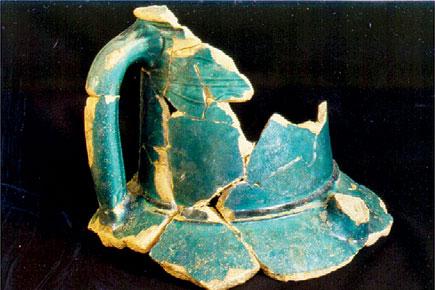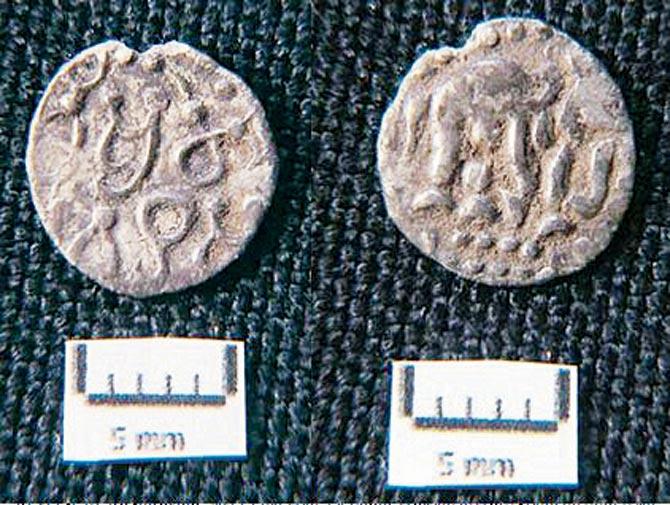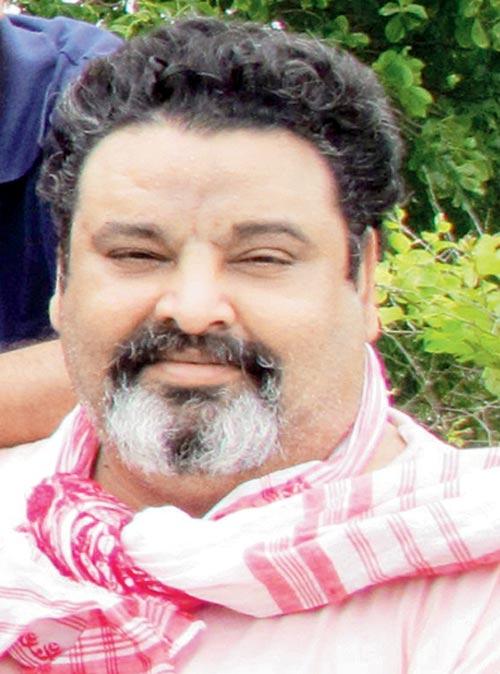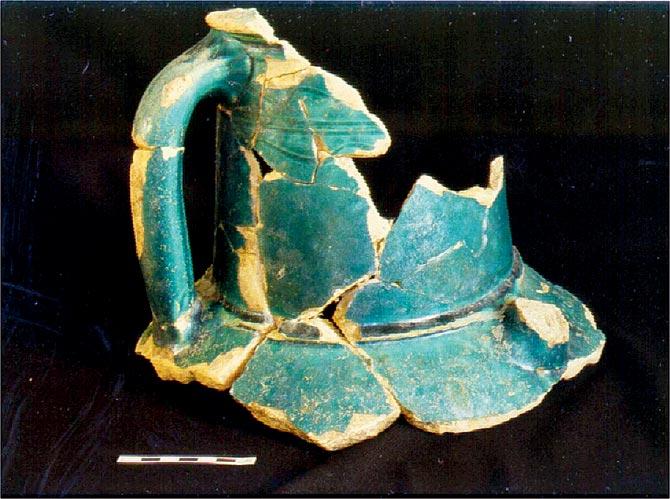Witness the medieval history of India's west coast come alive at a lecture


Coins discovered from the era of Emperor Amoghavarsha
ADVERTISEMENT
Around 1600 AD, about 800 years after Zoroastrian settlers arrived on the west coast of present-day India, a Parsi priest wrote an account of the community's landfall and how it thrived in Sanjan, Gujarat. Called Kisseh-i-Sanjan and written in the form of an epic poem, the text — in the absence of alternatives — is considered to be the only account of the early days of the Parsis in India.

Dr Kurush F Dalal
Fast forward to 400 years later. In 2002, joint directors of the now famous Sanjan Excavations, Dr Kurush F Dalal and the late Dr SP Gupta, were carrying out excavations at the site, looking to substantiate the poem, starting with whether or not the Parsis entered India through Sanjan. Imagine their joy when they discovered a Tower of Silence — and this was only the tip of the iceberg.

Sassanian-Islamic glazed ware, discovered in Sanjan, Gujarat
"The discovery of West Asian pottery and Chinese ceramics at the site revealed that there were massive trade links with these parts of the world and that it was an important stoppage point for ships," shares Dr Dalal, assistant professor of archaeology at the Centre for Extra-Mural Studies, University of Mumbai. He will shed light on The Archaeology of the Ports of the Early Medieval Konkan — The Gateways Into Western India. "The Sanjan Excavations became a ready reckoner for work at smaller sites," explains Dr Dalal, who is carrying out excavations at Chandore in the Raigad district.
ON: Today, 6.30 pm
AT: Jnanapravaha, Queens Mansion, Fort.
REGISTER: info@jp-india.org
CALL: 22072974
 Subscribe today by clicking the link and stay updated with the latest news!" Click here!
Subscribe today by clicking the link and stay updated with the latest news!" Click here!






